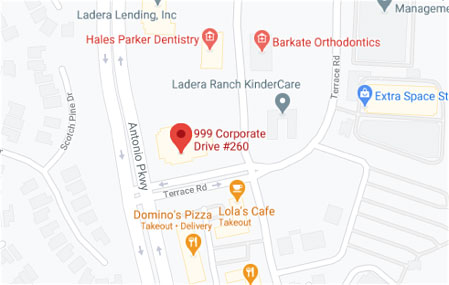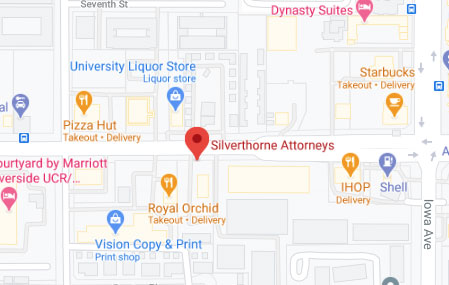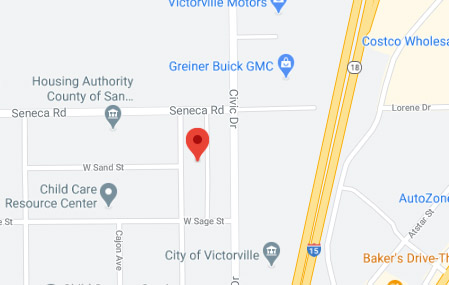
I know we have gone over California’s right-of-way laws as it applies to pedestrians. and we will briefly cover it in order to get a little refresher. However, because I just recently got back from my road trip; and I work for an accident lawyer in Orange County of all places; I want to cover this topic again. Not only the right-of-way laws in California. More than that, I want to cover how to determine who has the right-of-way in any situation. If you have been injured in an accident where you had the right-of-way, contact us to discuss your case. Consultations with an accident attorney in our office are free!
Accident Lawyer | Laws & Rules of the Road
Many of the right-of-way laws in California came to be as mostly a courtesy to others on the road. Not just to those who are considered to be pedestrians. These laws that are outlines are also common sends in order to help promote traffic safety. Living in Orange County and dealing with traffic to and from work can be stressful. Especially when people are unsure and unaware of the rules of the road.
As has been talked about previously, respecting the right-of-way of others on the road is not limited to just pedestrians. Right-of-ways should also be observed for bicyclists, motorcycles, as well as other vehicles on the roads. That being said, by observing the right-of-way laws in California, you are not violating any traffic laws. Recent studies have found that right-of-way violations cause a high percentage of injury accidents in California.
Intersections
I have noticed that most intersections, especially ones where there is a stop sign, are confusing for people. for clarification, an intersection is where any place in the roadways meets another roadway. Intersections include cross streets, side streets, alleyways, freeway entrances, etc. Driving through an intersection can often be an incredibly complex situation in traffic. Interesting fact: intersection accidents account for more than 45% of ALL reported crashes and 21% of fatalities. Here are the right-of-way laws when in an intersection:
- when you come to an intersection without a “STOP” or “YIELD” sign, slow down and prepare to stop
- yield to pedestrians already in the intersection
- yield to the bicycle or car on your right if it reaches the intersection at the same time as you;
- when you care at “T” intersections without traffic signs, yield to traffic and pedestrians and other traffic on the road; they have the right-of-way;
- give the right-of-way to other passing vehicles when you are turning left
- when you are waiting to turn left, keep your wheels pointed forward until it is time to take your turn;
- when turning right, make sure you are on the lookout for pedestrians and bicyclists;
- if you are parked on the side of the road or are leaving a parking lot, yield to oncoming traffic before reentering the road
Pedestrians
A pedestrian isn’t only someone on foot, walking across the street. It is someone who is on roller skates, skateboarding, in a wheelchair, etc. in California, vehicles are required to yield the right-of-way to pedestrians.
- no passing vehicles waiting at a crosswalk;
- do not drive on the sidewalk;
- stop within five (5) feet of a crosswalk to allow pedestrians to cross safely;
- pedestrians have the right-of-way whether the crosswalk is marked or not;
- pedestrians are required to obey the same traffic rules as motorists
Accident Attorney | Determining the Right-of-way
Not only are California’s right-of-way laws important, you also need to have the knowledge to determine who has the right-of-way. Though the rules of the road are pretty straight forward, some people are either not aware or are not paying attention. Below are ways to determine who has the right-of-way in any given situation.
Yielding the Right-of-Way On Freeway Ramps
As we have written about before, when you are merging onto the freeway, you will need to yield to the cars already on the highway. When you are merging from an on-ramp, never come to a complete stop when you yield. This can prove to be difficult. Especially on the congested Orange County freeways. Slow down enough so that the vehicle in the travel lane can pass you. Merge when it is safe to do so. Working for an accident lawyer in Southern California has taught me so much about the rules of the road that I may not have paid attention to before.
Pull Over for Emergency Vehicles
One thing that I always think to myself when I see people in the way of an ambulance is, “what if they were trying to get to your family member in need?” When an emergency vehicle has its sirens and lights on, slow down and move over to the right side of the road. If you are unable to stop on the freeway, slow down. If you are traveling down a 4-lane freeway, try your best to leave at least one lane open to allow the ambulance and/or other emergency vehicles.
- when there is an emergency vehicle stopped on the freeway, move over at least 1 lane (to the right or left) before you pass them
Yielding To Motorists Driving Uphill
Though we do not have a lot of instances in Orange County where we are on one-way roads, going up a narrow mountain road, if you are driving downhill, you need to yield to drivers going uphill. If there is not enough room, back up until there is enough space on the side of the road for you to pull over. If you are driving on a narrow bridge or a narrow road on ground level, look for signs that indicate which direction has the right-of-way.
Injured? Contact Silverthorne Attorneys Today!
Working for an accident attorney has taught me a lot about the rules of the road and the law. and we hope that this has helped explain some of the right-of-way laws in California.
There are so many accidents that happen because people lack patience and are unsure or unaware of what the rules of the road are. If you are suffering from injuries due to the negligent actions of another, contact us to discuss your case. the accident lawyers at Silverthorne Attorneys have years of experience working on tough cases. We believe that our clients deserve to be compensated for their injuries and we will not back down when insurance adjusters are being unfair. We never back down to their bullying tactics and we never accept a settlement on your behalf that is not adequate enough for your injuries.












